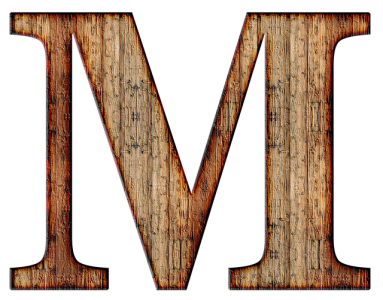
It’s a thorn-in-the-side challenge for everyone who needs to fundraise.
On the one hand, you don’t want to sound needy. Even though you… are. Your organization has a need that must be filled, or you can’t continue your work. Yet you don’t want to sound like a schlimazel. You want to sound confident!
On the other hand, you don’t want to sound too successful or equipped. You don’t want donors thinking, “Hmm, they’re doing great, why do they need me?”
I always found it hard to achieve this balance – until I came across this little golden nugget from Lori Jacobwith, veteran fundraising coach.
I thought about it, “test-drove” it for a while, and loved the results. Try it for yourself.
Lori Jacobwith calls it your “Money Story.”
Essentially, it’s a healthy, comfortable way to talk about your financial needs so your donors know how to help you – and want to.
Here’s how to create a Money Story, in five simple steps:
Step 1. Give your donors a snapshot of your organization’s big-picture financial status: what your goal is, how much you’ve accomplished so far, and how much you still need.
“This year, we’re working to close our funding gap of $1.2M. As of now – June 1st – we’ve raised $505,400 toward that goal.”
What do you accomplish with this little statement? You give your donors clarity on exactly where you are. People love clarity. It earns their trust. And their understanding, of course.
Step 2. Next, you’re going to get more specific. You’re going to choose a particular program within your organization that has its own funding gap. And you’re going to use that program to craft…
Step 3. A “People Story.” What’s that? It’s a way to take the numbers you’re sharing and make them personal. To get your donor out of their head and into their heart.
“Let me make this real for you. I want to tell you about Jenny. Jenny is twelve years old. She lives on the North Shore. She’s one of the 70 public school girls in our after-school Bat Mitzvah program.
“One highlight of the program is the trip our girls and their moms take to the Illinois Holocaust Museum. Each girl gets “paired” with a girl their age who perished in the Holocaust. For the rest of the year leading up to their Bat Mitzvah, the girls commit to doing acts of kindness in memory of their “sister” whose life was cut short.
“Jenny’s pairing came with a surprise. Her “sister,” Aviva Fabrikant of Lodz, Poland, carried the same Hebrew name as Jenny. And she’d lived in the same town as Jenny’s grandmother. And had been born in the same Hebrew month as Jenny. They almost shared a Bat Mitzvah date. And Jenny was inspired to make her Bat Mitzvah special enough for both of them.
“‘It will make my Bat Mitzvah so much more meaningful to know I’m doing these mitzvot for both of us. Aviva never had the chance to have her Bat Mitzvah because she was killed so young. I’ll have a Bat Mitzvah for both of us.’”
Yes, you might consider bringing along a tissue packet.
Step 4. Once you’ve shared your heart-touching story, get super-specific about this program’s funding gap:
“This Bat Mitzvah program takes $800 per girl per year. The gap we have in that program is about $43,500.”
Step 5. The last step? Signal that there’s more to be done. Closing this year’s funding gap is one thing, but there will always be more of a need.
“We have a long waiting list for next year, and we want to bring this foundational experience to as many precious Jewish daughters as possible.”
With these five steps, you’ve struck a beautiful balance between communicating your successes and your needs. You’ve given your donors clarity about what exactly your needs are, and what exactly they can do to help you fill them. Along the way, you’ve aroused your donors’ emotions – a sure recipe for creating greater eagerness to help.
Now, all you’ve got to do is make your actual ask. How bold you’ll be, how much of the funding gap you’ll challenge your donors to fill – that’s your choice. And when you succeed – don’t forget my cut!
Consider this Money Story a power-tool in your fundraising toolbox. Use it well and use it often. You’ll see greater success with greater ease.
So – who do you plan to share your Money Story with this week?
Have a fabulous fundraising week,
Avraham
Planning an online campaign for the first quarter of 2022?
Keep this in mind – Charidy, CauseMatch, Rayze.it, and other online platforms have made many advances since this time last year.
What does that mean for you? Should you stay put? Or would you do better on a different platform?
Need guidance making that choice? I’m your address.
Since 2014, I’ve worked on 172 online campaigns. I’ve guided countless mosdos Torah toward breakthrough success in every aspect of their campaigns. Every leader I’ve helped will agree – our work together added real $ value (and lots of it) to their outcome.
Want to know if my guidance would be a good fit for your campaign? Just email me: avraham@avrahamlewis.com. I only take on 2-3 campaigns per month, so act quickly to reserve your spot!
Avraham Lewis, guides leaders of mosdos Torah to exceed their fundraising expectations and magnify their impact on Klal Yisrael.
Read what Jewish leaders are saying about working with Avraham here.
See more atavrahamlewis.com.



















